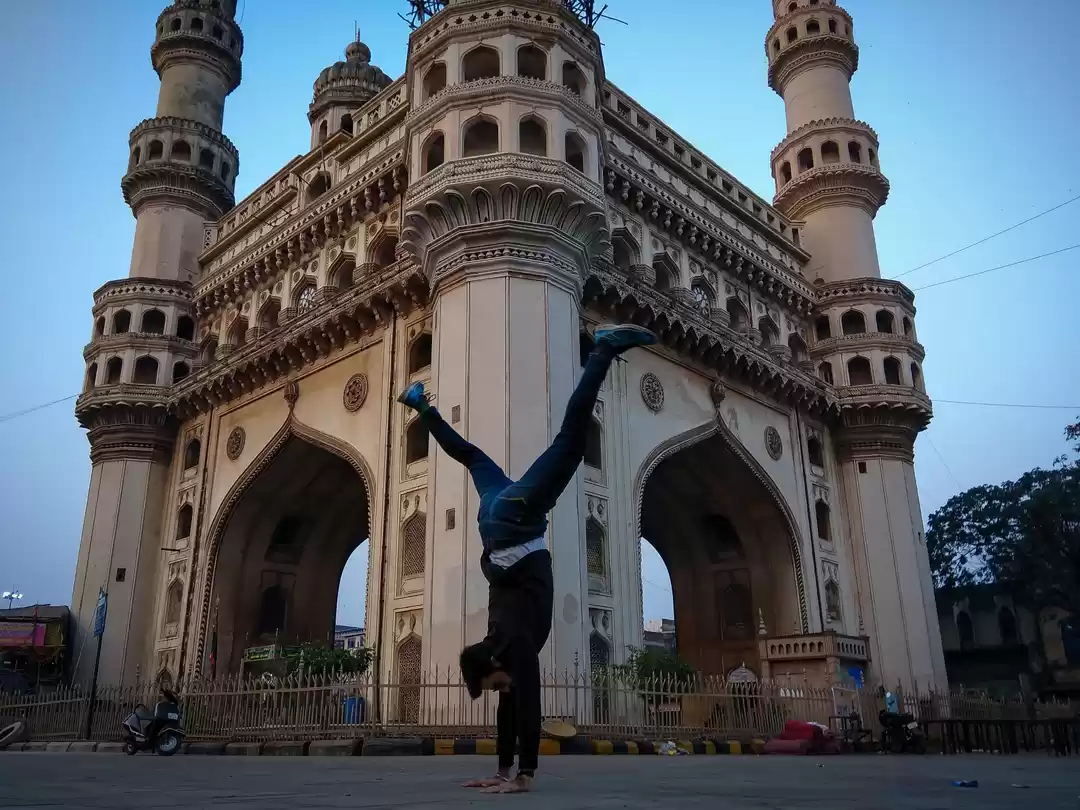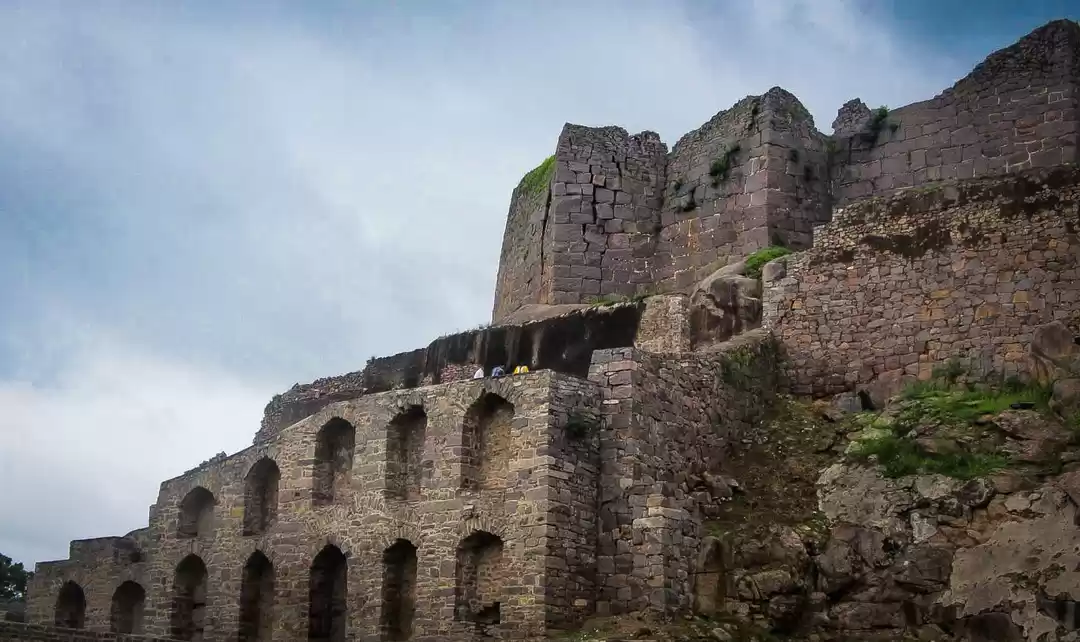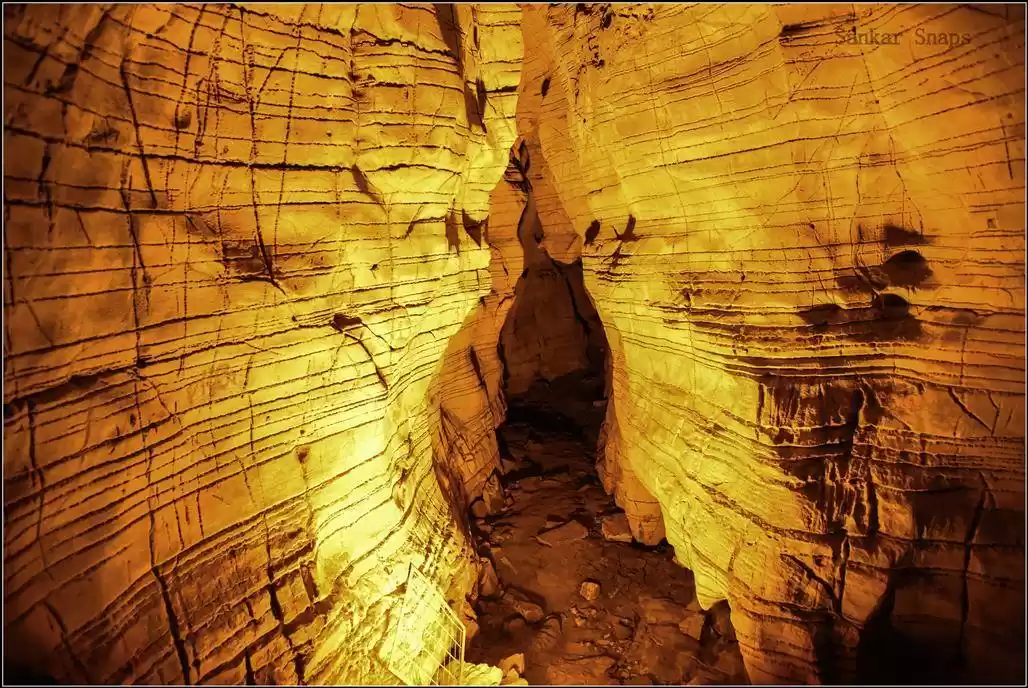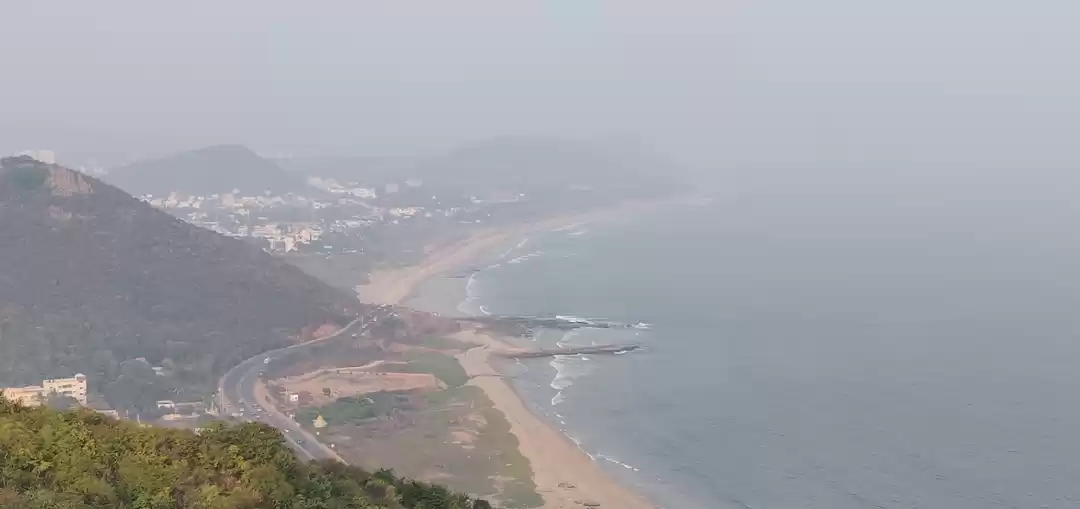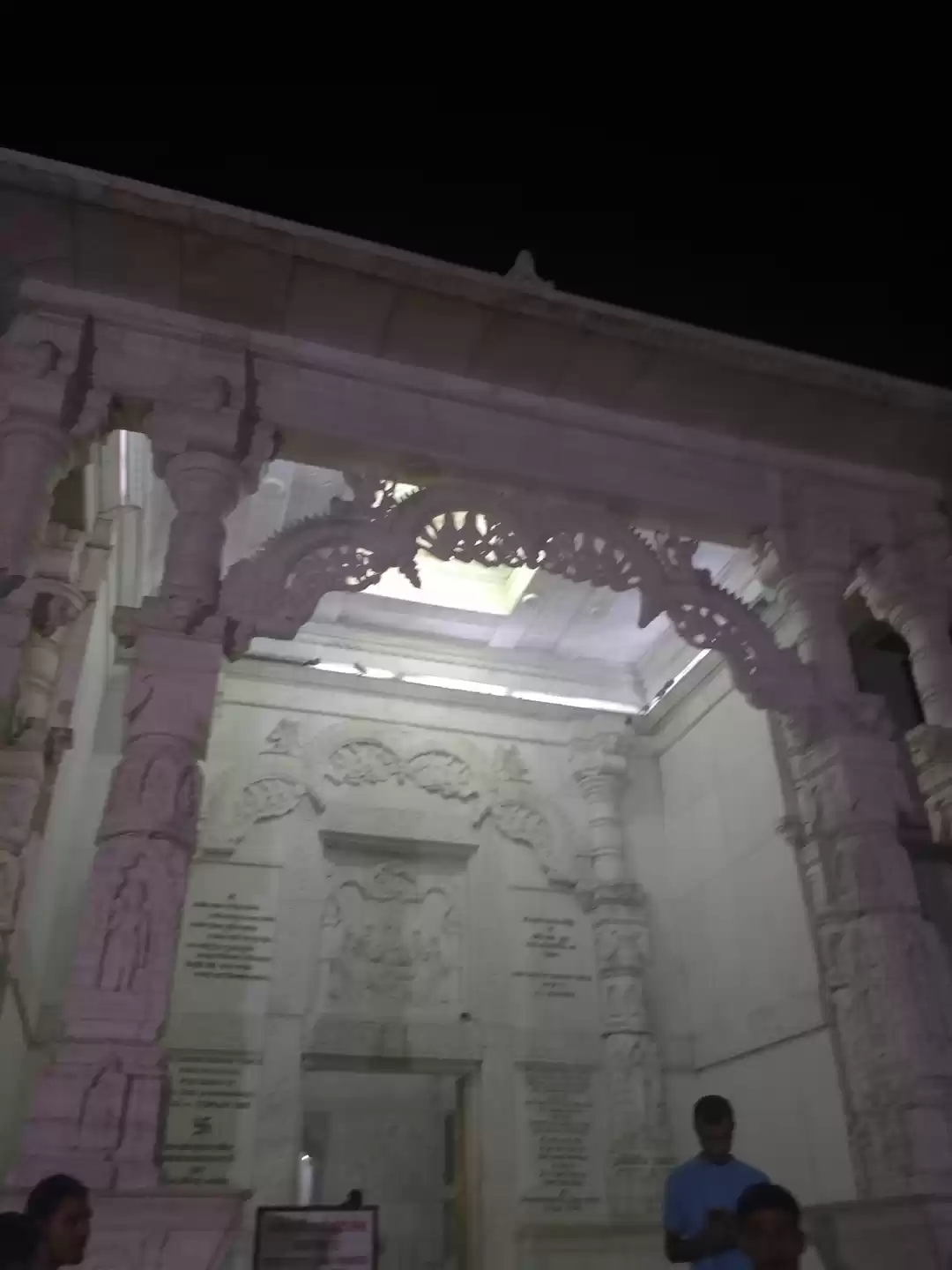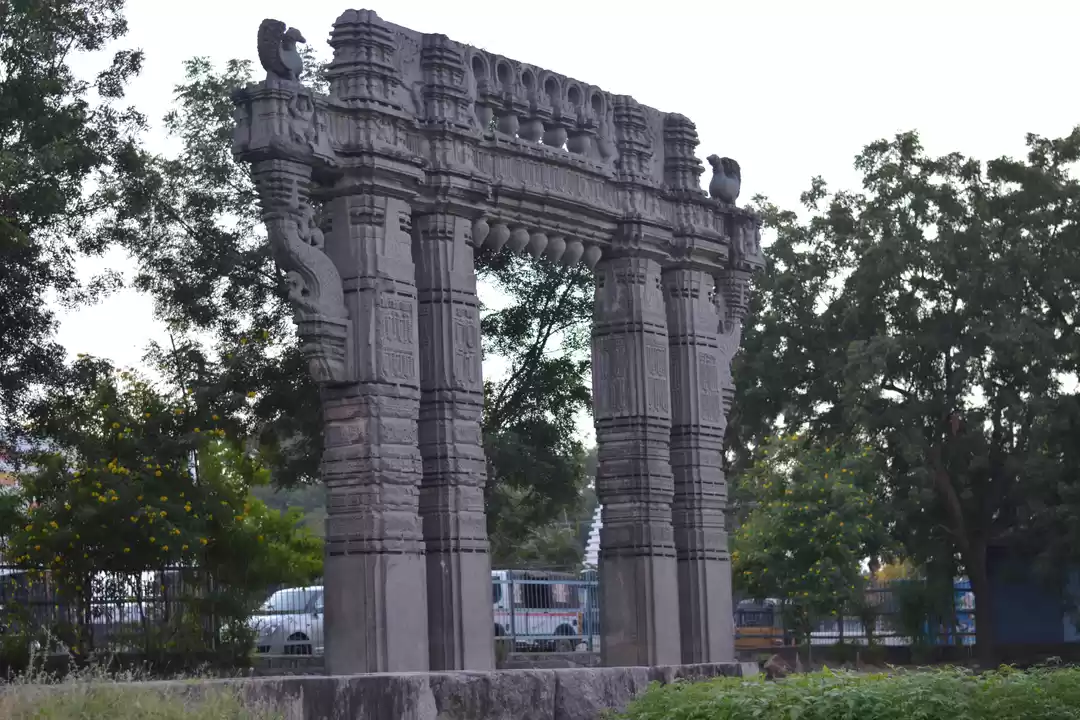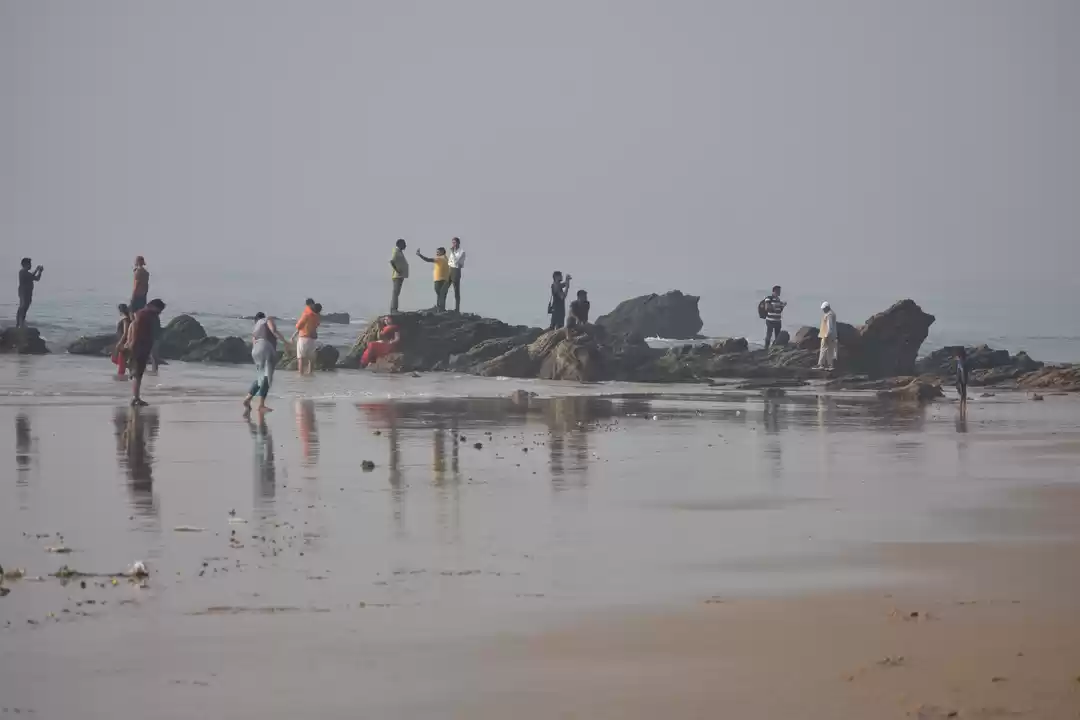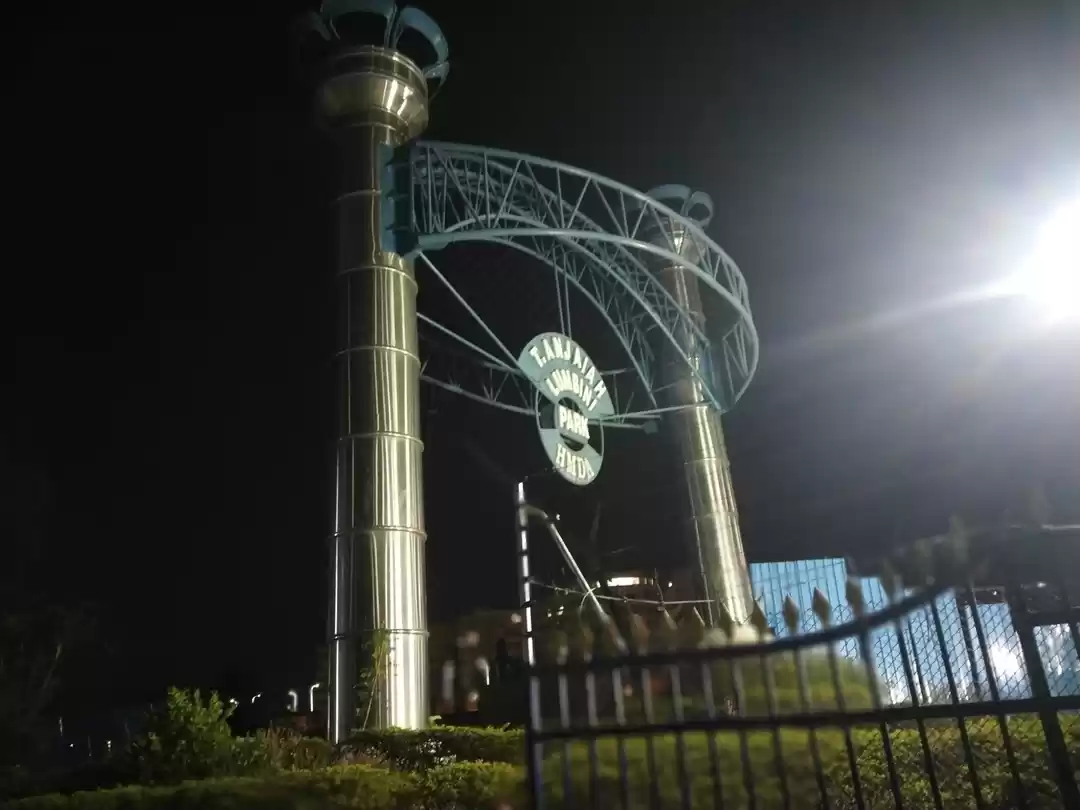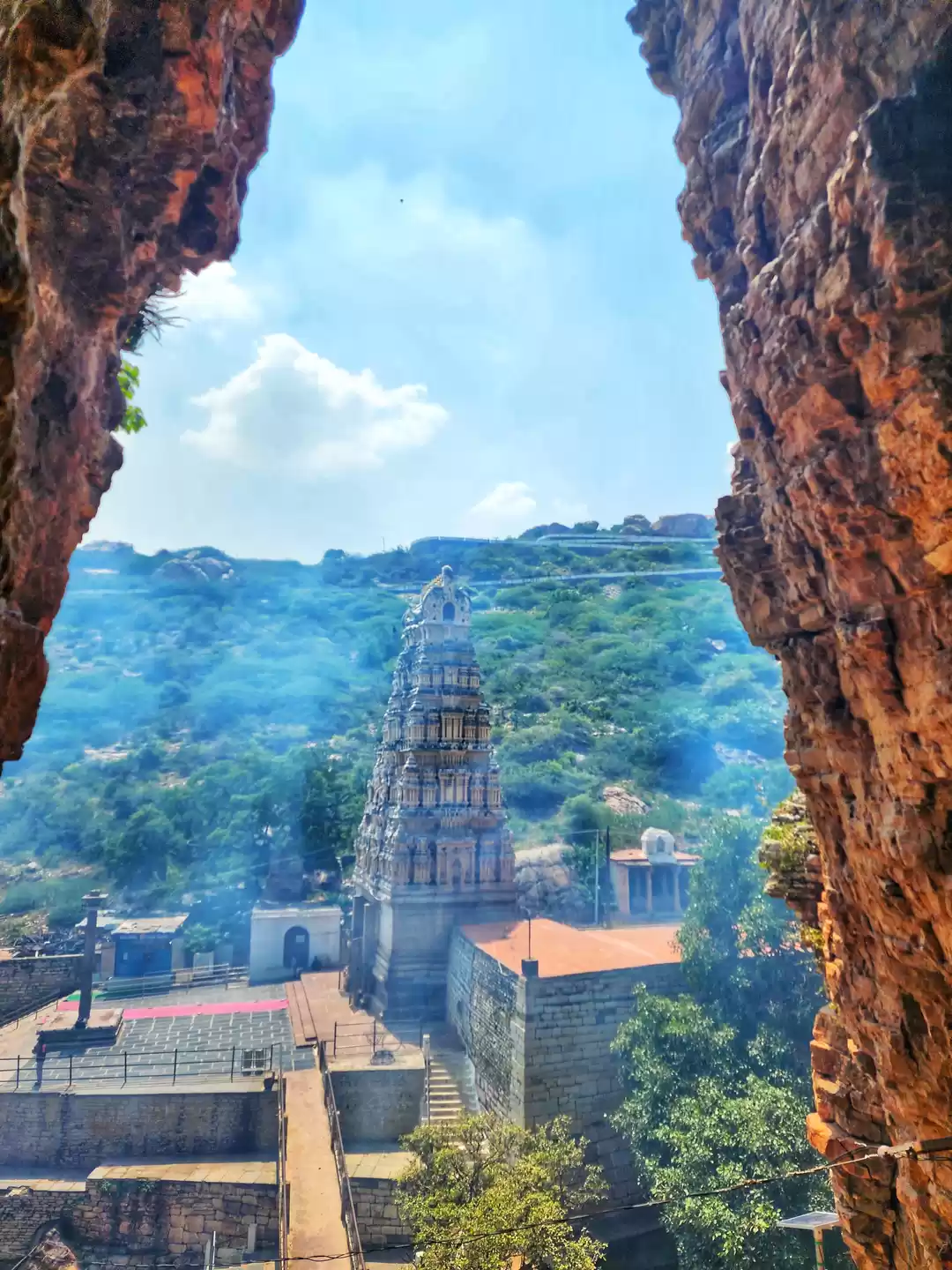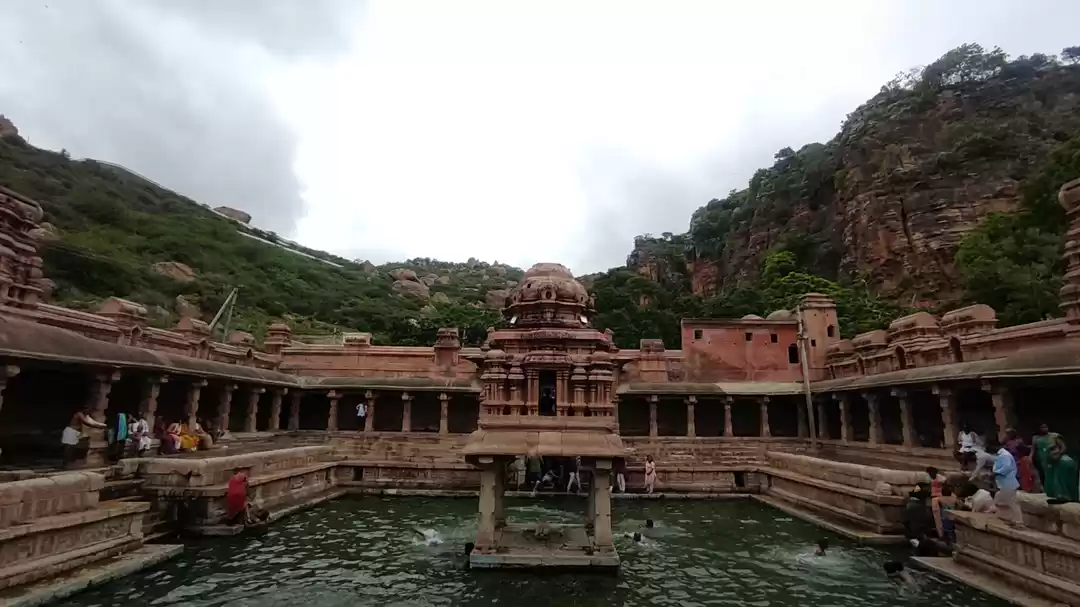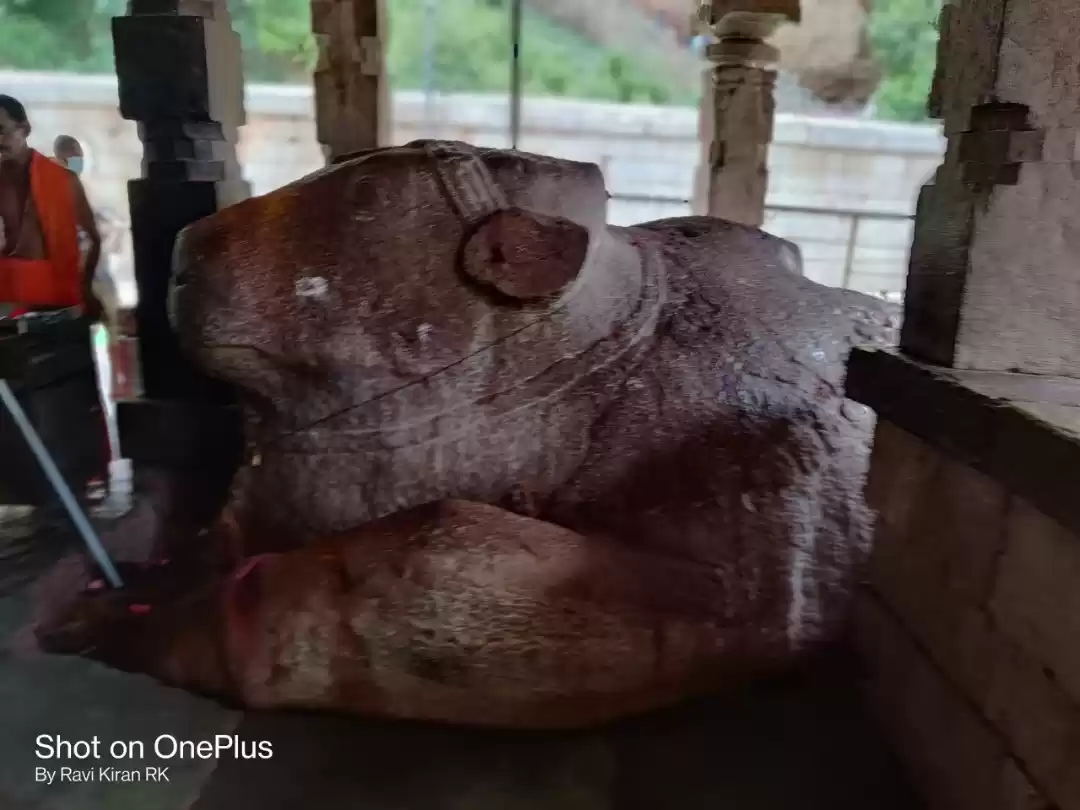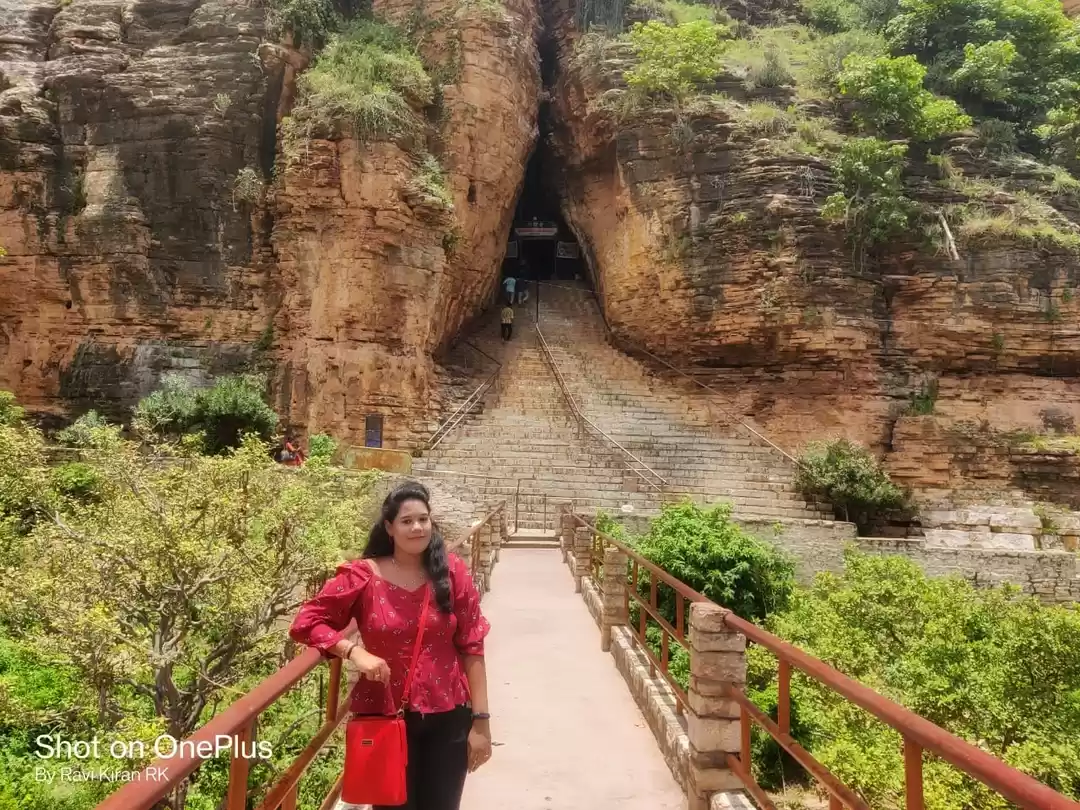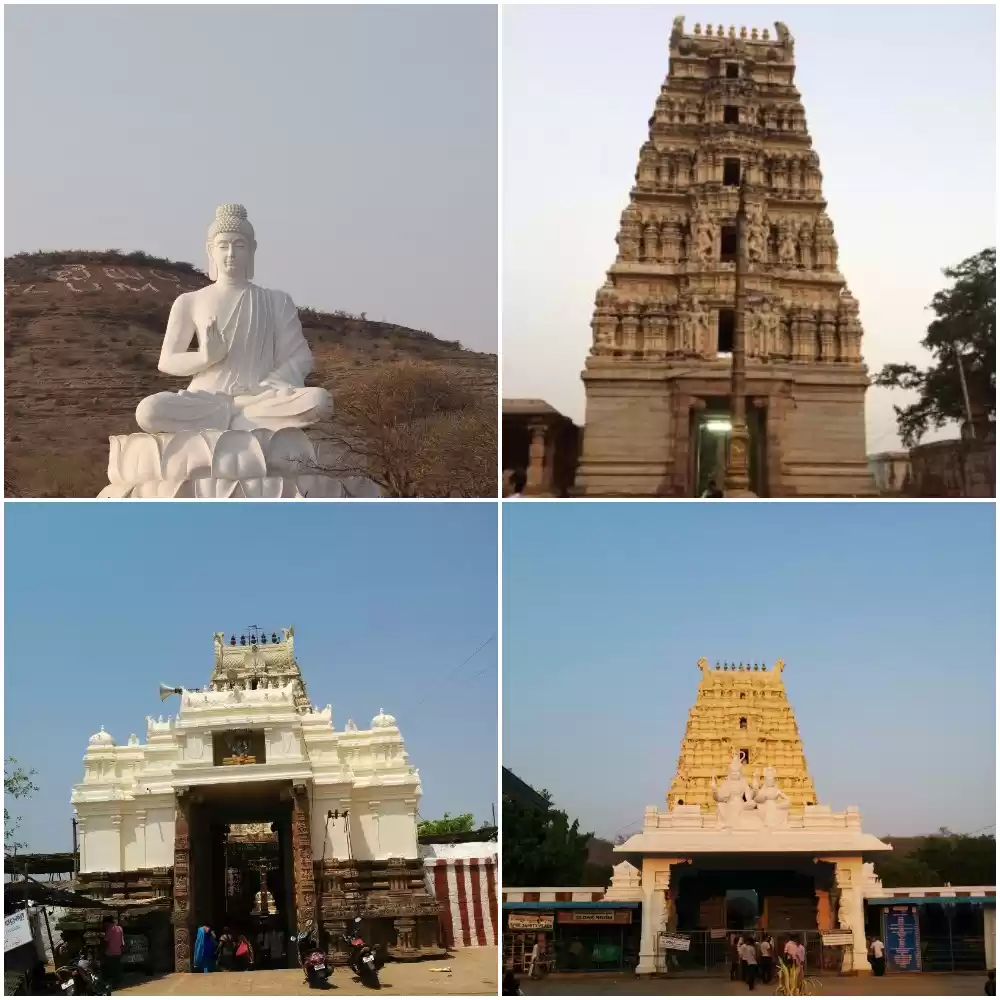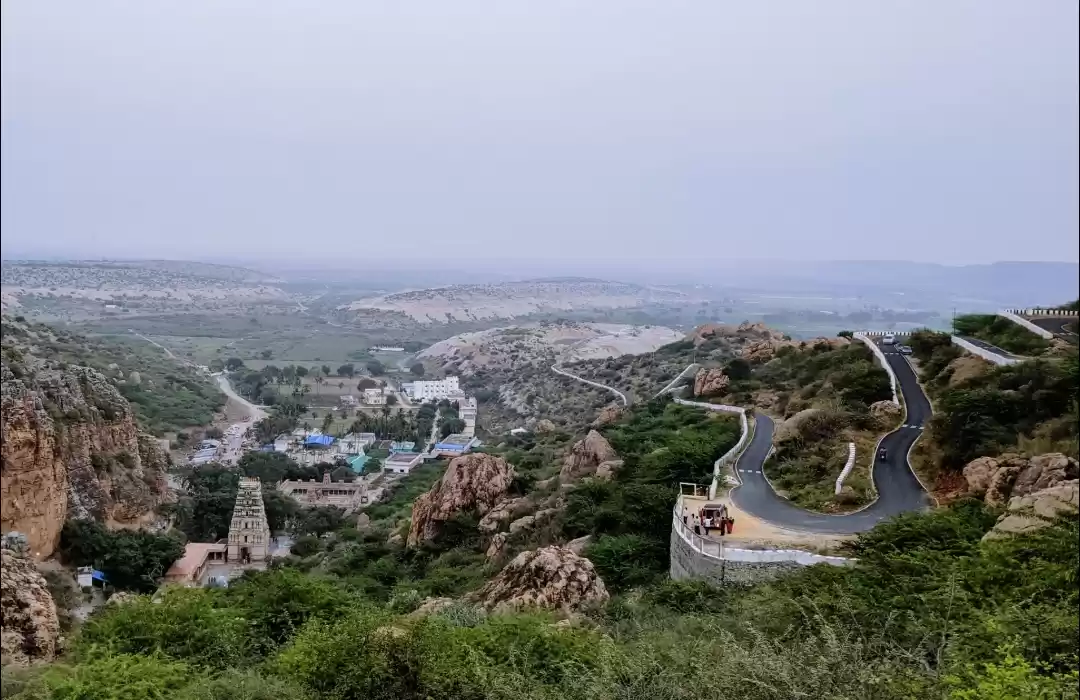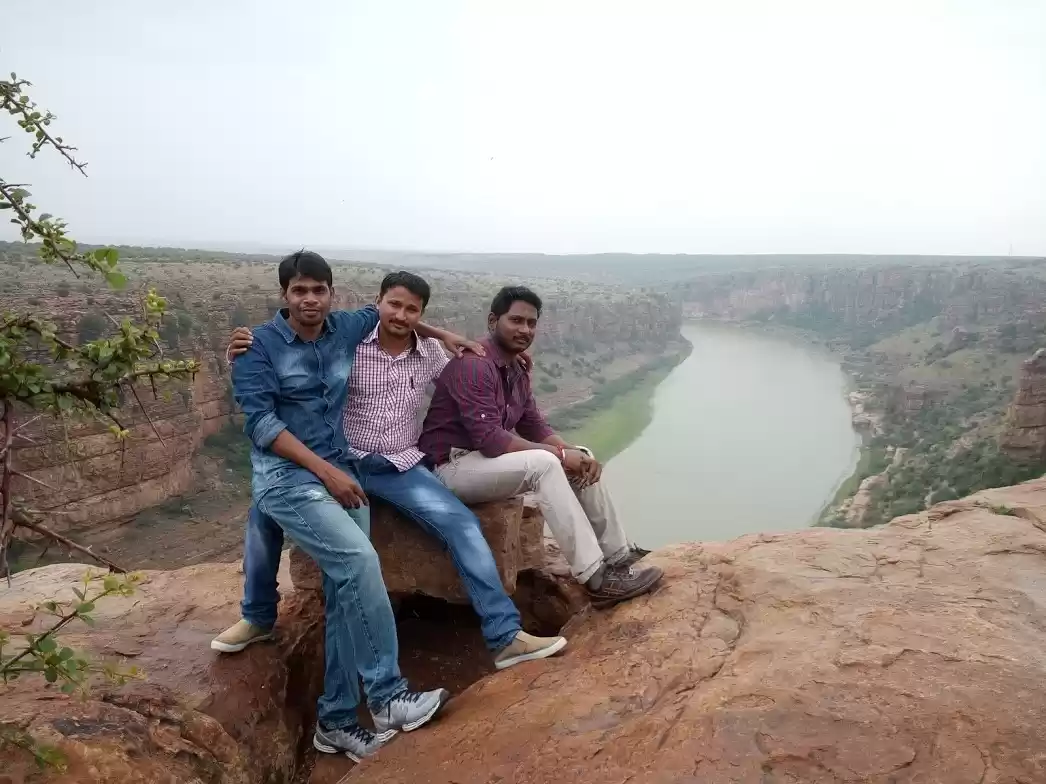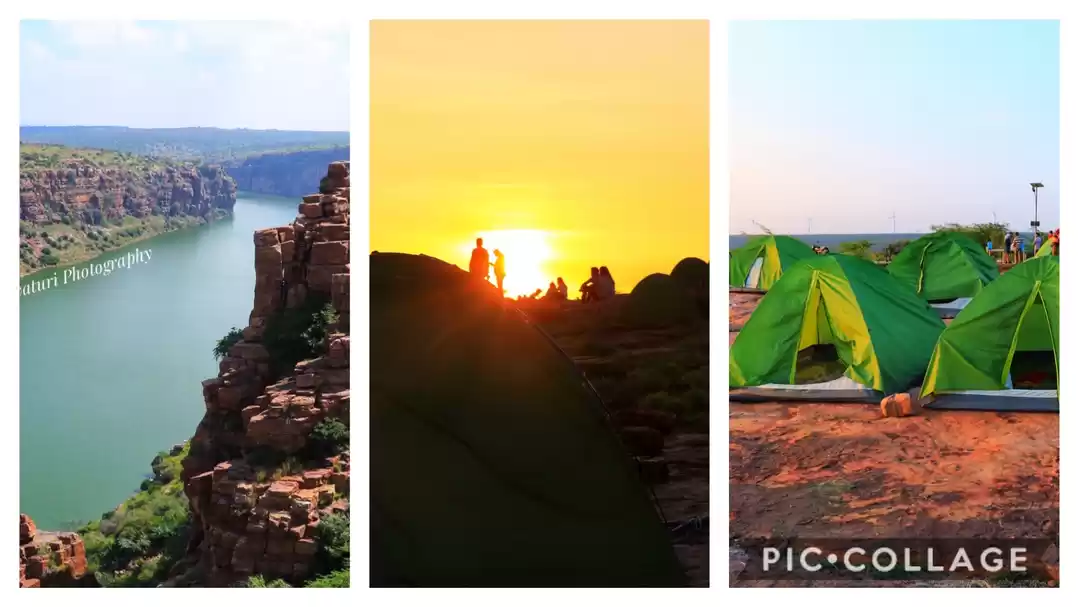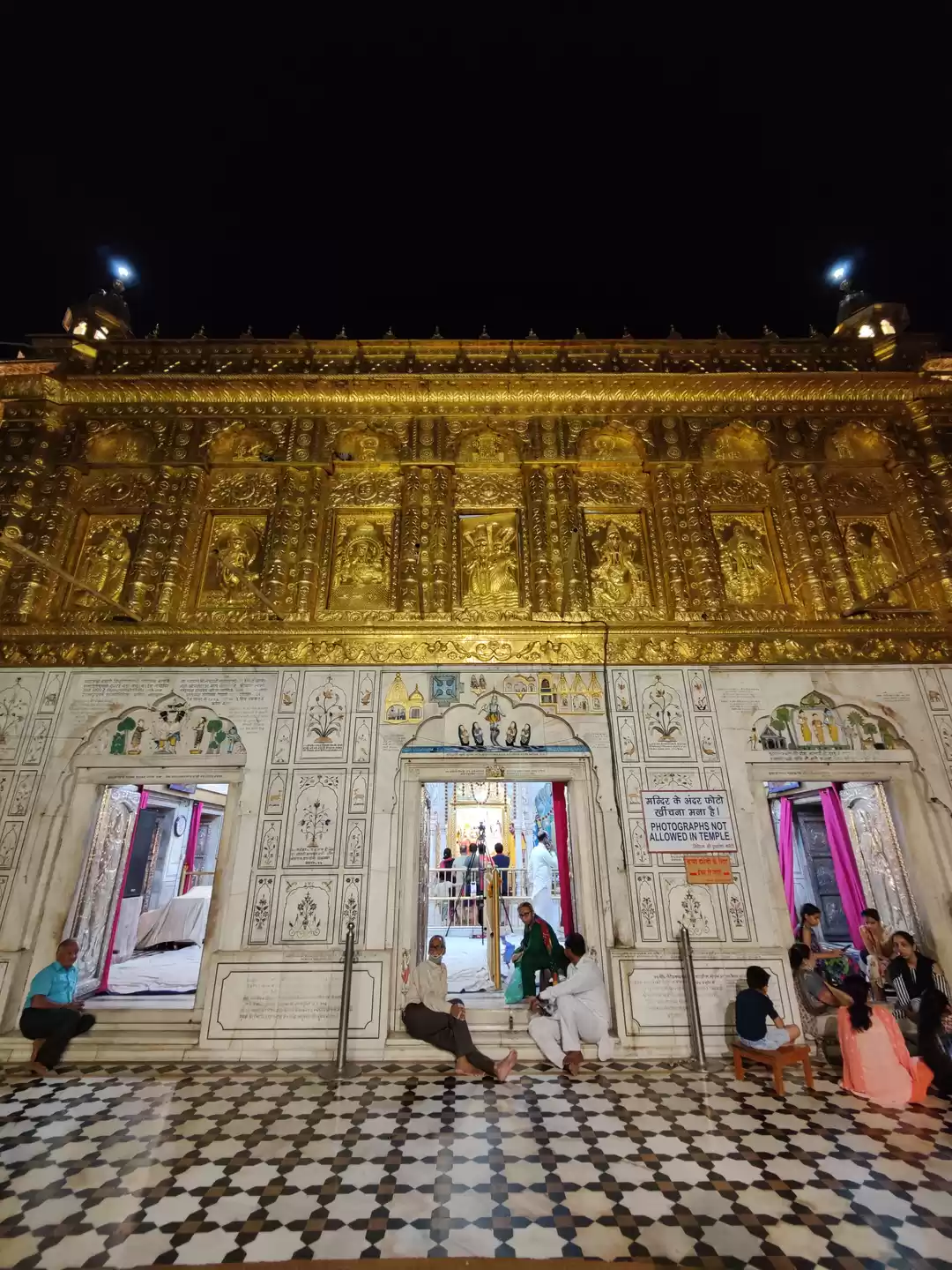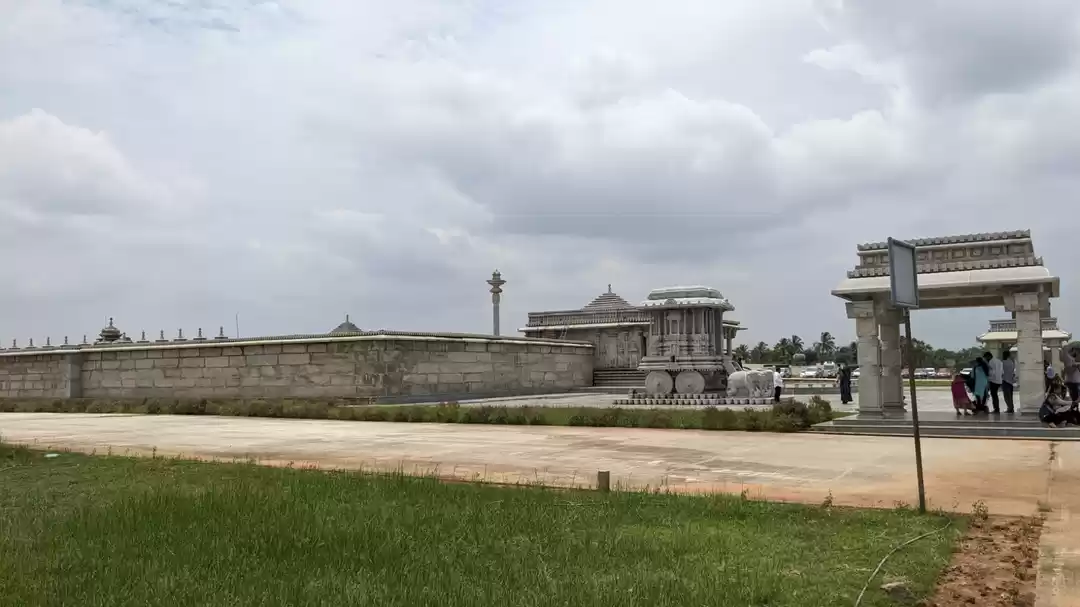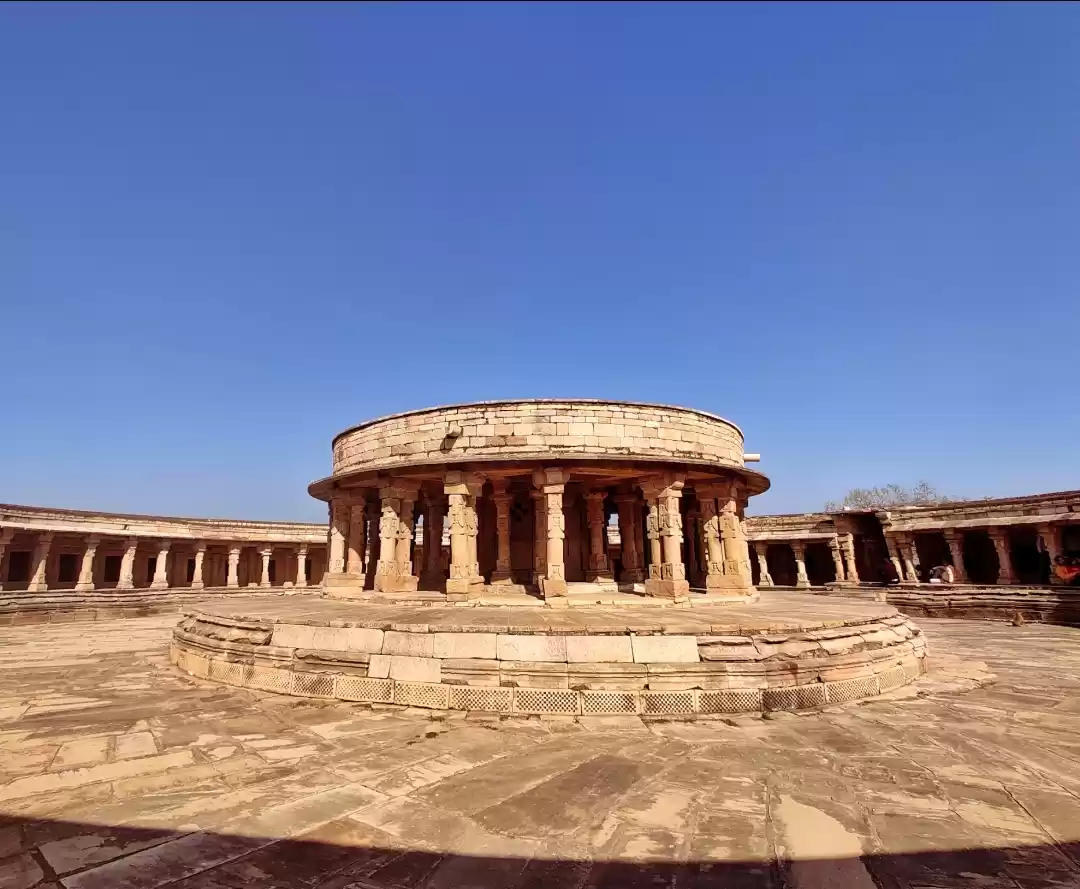Have you ever wanted to witness the miraculous phenomenon of a growing Nandi statue, a reverse water flow, and the absence of crows in a sacred temple? Have you ever dreamed of visiting a place that is said to be the site of the end of Kali Yuga, the dark age of humanity?
If you answered yes to any of these questions, then you should definitely plan a trip to Yaganti Caves, a hidden gem of Andhra Pradesh that you must visit. Yaganti Caves are a historical and spiritual treasure in Kurnool district of Andhra Pradesh, where you can experience the history, beauty, and mystery of one of the most unique and sacred places in India.
Yaganti Caves: A Historical and Spiritual Treasure

Yaganti Caves are a group of natural caves that are located in the hills surrounding the Yaganti Temple, a famous shrine dedicated to Lord Shiva in the form of Uma Maheswara. The name “Yaganti” is derived from the Sanskrit word “Yakshagana”, which means “celestial music”. According to legend, the sage Agastya, who is considered to be one of the seven great sages of Hinduism, came to Yaganti to perform a Yagna, a ritual sacrifice, to please Lord Shiva. However, he was unable to complete the Yagna, as the crows disturbed him by pecking at the offerings. Agastya cursed the crows to never enter Yaganti, and since then, no crows are seen in this place.
Agastya then decided to meditate and perform penance in the caves of Yaganti, where he received the blessings of Lord Shiva and his consort Parvati. He also composed many hymns and scriptures in these caves, which are considered to be sacred and powerful. There are four main caves in Yaganti, each named after the deity or the sage associated with them. They are:
1. Agastya Cave
This is the largest and the most important cave in Yaganti, where Agastya meditated and performed penance. The cave has a narrow entrance, and one has to climb about 120 steps to reach it. Inside the cave, there is a small shrine of Lord Shiva, where devotees offer prayers and seek blessings. The cave also has a natural spring, called Agastya Pushkarni, which is believed to have originated from the Kamandalu (water pot) of Agastya. The water of this spring is considered to be holy and healing, and many pilgrims take a dip in it before visiting the temple.
2. Venkateswara Cave
This is a smaller cave, located near the Agastya Cave, where there is a statue of Lord Venkateswara, the presiding deity of Tirumala Tirupati. The statue is said to have been installed by Agastya, who was a devotee of Lord Venkateswara. The cave also has a natural spring, which is believed to be the source of the Akasha Ganga, the celestial river that flows in Tirumala.
3. Veerabhadra Cave
This is another small cave, located on the opposite hill of the Agastya Cave, where there is a statue of Lord Veerabhadra, the fierce form of Lord Shiva. The statue is said to have been installed by Agastya, who was also a devotee of Lord Veerabhadra. The cave also has a natural spring, which is believed to be the source of the Bhavani River, a tributary of the Godavari River.
4. Nandi Cave
This is the smallest and the least visited cave in Yaganti, where there is a statue of Nandi, the bull mount of Lord Shiva. The statue is said to have been installed by Agastya, who was also a devotee of Nandi. The cave also has a natural spring, which is believed to be the source of the Saraswati River, a mythical river that is said to flow underground.
The caves of Yaganti are not only a historical and spiritual treasure, but also a natural wonder. The caves are surrounded by lush greenery, rocky hills, and scenic views. The caves are also home to various animals, birds, and insects, such as monkeys, peacocks, bats, spiders, and butterflies. The caves offer a serene and peaceful atmosphere, where one can feel the presence of the divine and the ancient.
Yaganti Temple: A Unique and Sacred Shrine
Yaganti Temple is the main attraction of Yaganti, and one of the most unique and sacred shrines in India. The temple is dedicated to Lord Shiva in the form of Uma Maheswara, which means the union of Shiva and Parvati. The temple was built by the Vijayanagara king Harihara Bukka Raya in the 15th century, and later renovated by the Reddy kings in the 16th century. The temple has a beautiful architecture, with intricate carvings, sculptures, and paintings. The temple also has a large courtyard, a pond, a tower, and a hall.
The most unique and mysterious feature of Yaganti Temple is the idol of Uma Maheswara, which is made of black stone and is about 5 feet tall. The idol is said to be growing in size every year, and is expected to reach the ceiling of the temple in the future. According to legend, Agastya wanted to install an idol of Lord Venkateswara in Yaganti, but the idol did not fit in the pedestal, and he heard a voice from the sky saying that Yaganti is meant for Lord Shiva.
How to Visit Yaganti Caves and Temple: A Practical Guide
If you are planning to visit Yaganti Caves and Temple, here are some practical information and tips that will help you make your trip smooth and enjoyable.
Timings: The Yaganti Temple is open from 6:00 AM to 1:00 PM and from 3:00 PM to 8:00 PM every day. The Yaganti Caves are open from 6:00 AM to 6:00 PM every day. The best time to visit the caves is in the morning or evening, when the temperature is cooler and the sunlight is softer.
Entry Fee: There is no entry fee for visiting the Yaganti Temple or the Yaganti Caves. However, there is a nominal fee for performing the Rudra Abhishekam, the Deepa Daanam, and the Annadanam in the temple, which varies depending on the occasion and the number of people. You can also make a voluntary donation to the temple trust, which is used for the maintenance and development of the temple and the caves.
How to Reach: Yaganti is located in the Kurnool district of Andhra Pradesh, about 100 km from the district headquarters, and about 280 km from the state capital, Hyderabad.
The nearest airport is the Rajiv Gandhi International Airport in Hyderabad, which is well connected to major cities in India and abroad.
The nearest railway station is the Nandyal Railway Station, which is about 55 km from Yaganti, and has trains from Hyderabad, Bengaluru, Chennai, and other cities.
The nearest bus stand is the Banaganapalle Bus Stand, which is about 14 km from Yaganti, and has buses from Kurnool, Nandyal, Hyderabad, and other towns.
You can also reach Yaganti by car, bike, taxi, or auto-rickshaw, from any of these places, by following the road signs and maps. The road condition is good, and the journey is scenic and pleasant.
Best Time to Visit: Yaganti can be visited throughout the year, as the weather is moderate and the place is always beautiful. However, the best time to visit Yaganti is from October to March, when the climate is cooler and dryer, and the festivals are more frequent and colourful.
Yaganti Caves and Temple are a must-visit destination for travelers who are looking for a unique and enriching experience. Yaganti Caves and Temple offer a rare combination of history, beauty, and mystery, that will leave you spellbound and amazed. Yaganti Caves and Temple are not just a place to visit, but a place to feel and live. So, what are you waiting for? Plan your trip to Yaganti Caves and Temple today, and discover the hidden gem of Andhra Pradesh that you must visit.























